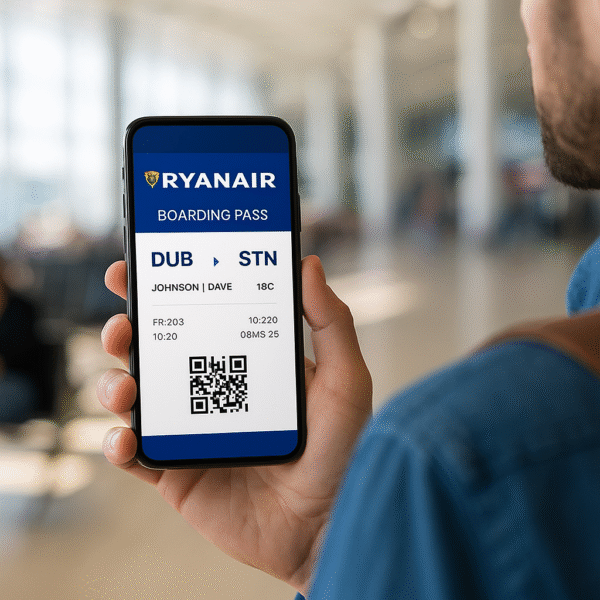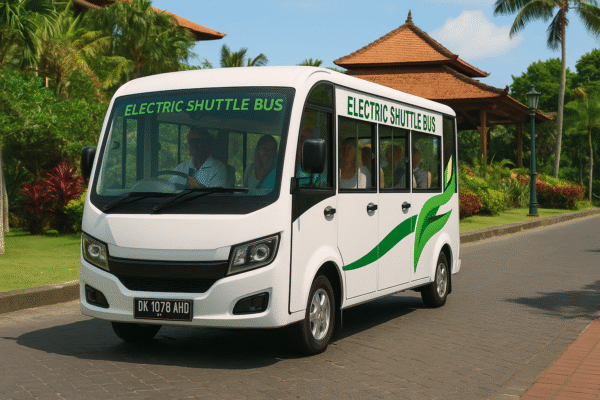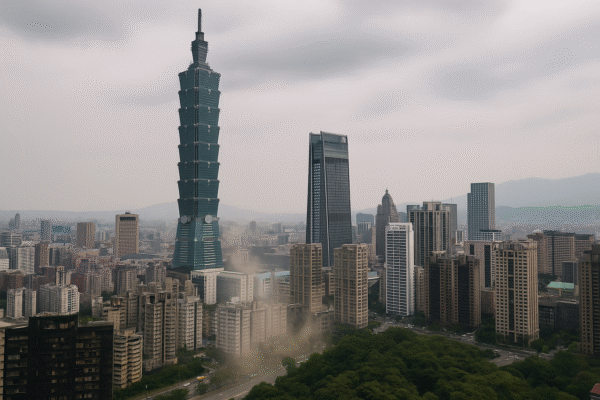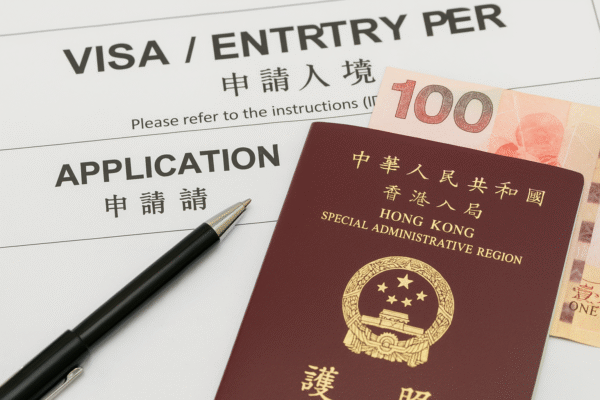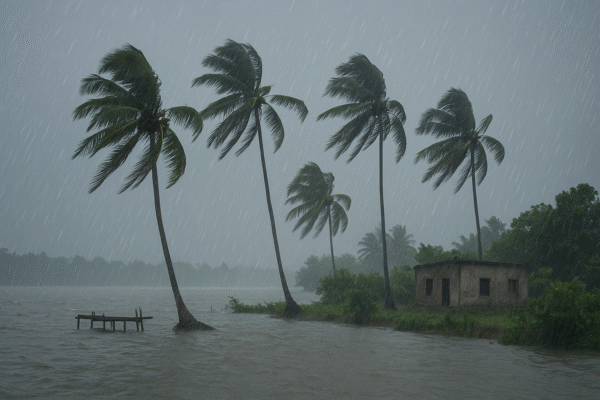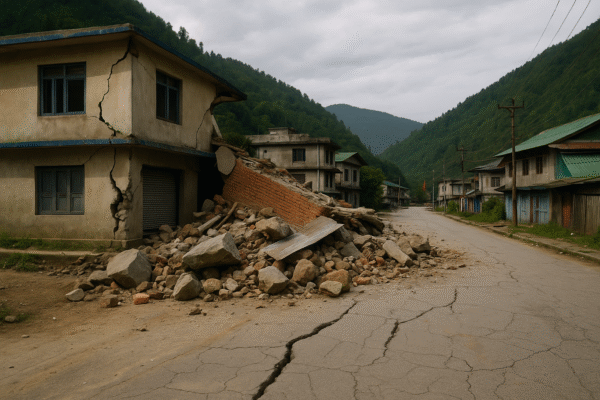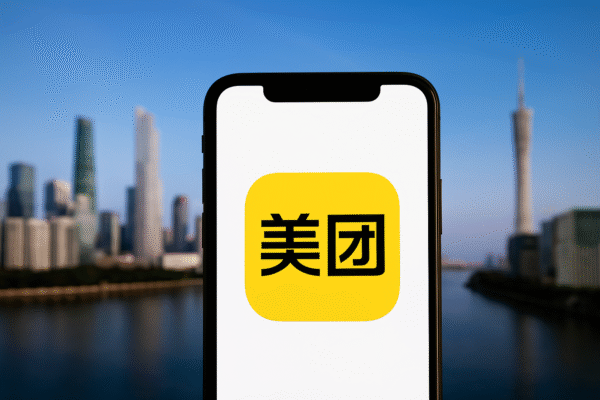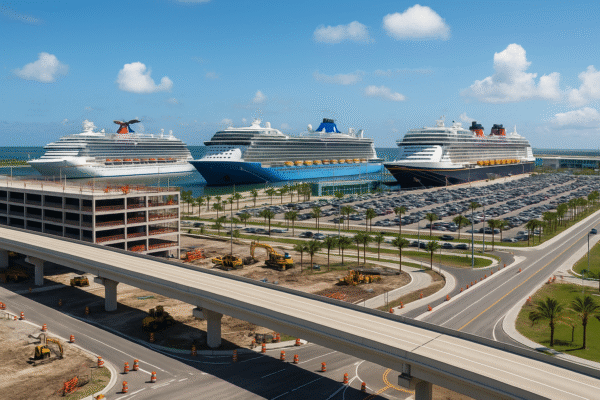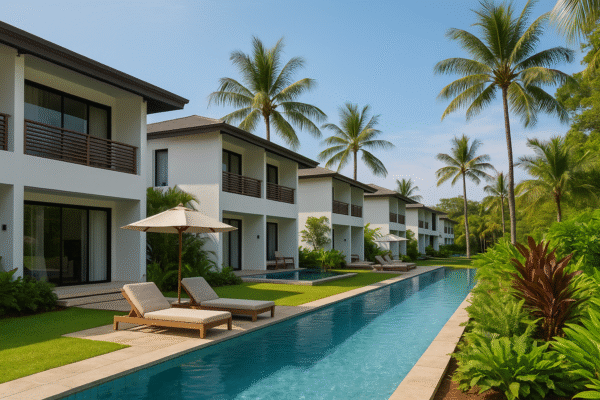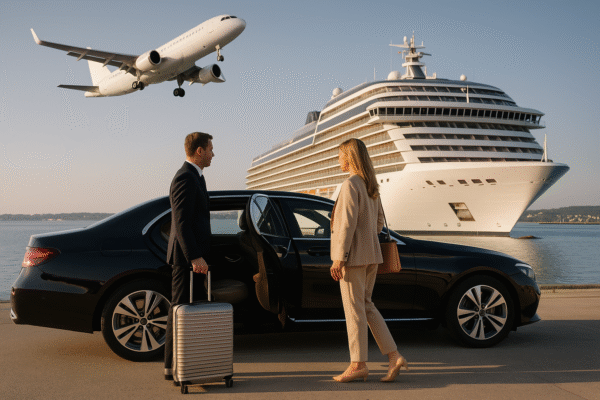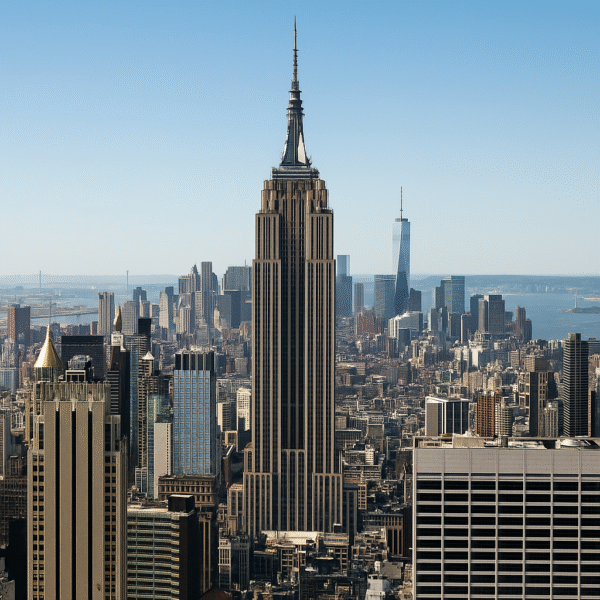In 2025, Indian outbound travel is reaching unprecedented heights, with Southeast Asia emerging as the top regional choice for international holidays. Thanks to sweeping visa relaxations, simplified entry protocols, and strong digital booking platforms, countries across Southeast Asia are witnessing a surge in Indian tourist arrivals—redefining the contours of regional tourism.
At the forefront of this trend is Malaysia, which lifted visa restrictions for Indian nationals in late 2023. This policy shift has paid significant dividends. According to global travel platform Agoda, accommodation searches from India to Malaysia surged by 47% year-on-year. The tropical island of Langkawi emerged as a breakout star, with a staggering 118% spike in interest. Urban destinations such as Kuala Lumpur and the Cameron Highlands also saw robust increases of 28% and 27%, respectively.
Malaysia’s strategic tourism push is part of the Tourism Malaysia initiative, which aims to attract over 1.3 million Indian visitors in 2025. The country’s proximity, affordability, and cultural diversity are positioning it as a key player in capturing India’s rapidly growing outbound travel market.
Meanwhile, the Philippines continues to charm Indian travelers with its mix of white-sand beaches, vibrant cities, and adventure activities. The country saw a 26% rise in accommodation searches by Indian users. Metro Manila led with a 43% increase, while island paradises like Palawan and Cebu registered impressive growth of 30% and 25%, respectively. This resurgence is supported by the Philippine Department of Tourism’s targeted campaigns and participation in India’s major travel trade shows.
Surprisingly, even lesser-known destinations like Palau, a remote archipelago in the western Pacific, are entering Indian travelers’ radar. The nation, which allows Indian tourists to enter visa-free for up to 30 days, witnessed a 49% increase in interest. This reflects a growing appetite among Indian holidaymakers for secluded, eco-friendly escapes offering marine biodiversity, rainforest exploration, and sustainable tourism experiences.
Closer to home, Sri Lanka remains a favored choice for Indian travelers seeking culture, wellness, and beachside relaxation. The island nation experienced a 9% uptick in interest from Indian tourists, according to Agoda. Improved bilateral ties, expanded airline connectivity, and shared cultural roots continue to drive consistent tourism recovery in the post-pandemic era.
The rise of digital booking ecosystems like Agoda has been instrumental in enabling this regional boom. Agoda offers Indian travelers over 5 million global accommodation listings, 130,000 flight routes, and more than 300,000 curated local activities. Indian tourists are increasingly leveraging these platforms to create customizable travel experiences, combining city stays with island adventures and cultural tours into seamless itineraries.
India is currently the world’s fastest-growing outbound tourism market, with the Ministry of Tourism projecting over 50 million international trips annually by 2028. Southeast Asian governments have taken note. Many, including Thailand, Indonesia, Vietnam, and Cambodia, have begun easing entry requirements or introducing e-visa facilities to court Indian travelers. In 2024, Thailand offered a temporary visa waiver for Indian nationals, which significantly boosted arrivals.
These policies are reshaping regional tourism economies. Vietnam saw Indian arrivals grow by over 40% in the first half of 2025, while Indonesia, which introduced a simplified e-visa system for Indians, reported strong gains in travel bookings to Bali, Jakarta, and Yogyakarta.
For Indian travelers, the appeal of Southeast Asia lies in its unique combination of affordable luxury, diverse cultures, natural beauty, and easy accessibility via direct flights from major Indian cities. Airlines such as IndiGo, Vistara, AirAsia, and Malaysia Airlines have rapidly expanded their India–Southeast Asia routes, increasing seat capacity and launching new city pairings to cater to rising demand.
This travel boom is not just about volume—it signals a deeper transformation. Indian tourists are moving beyond traditional hotspots to seek authentic, immersive experiences. Whether it’s island-hopping in Palawan, exploring the rainforests of Palau, or indulging in highland retreats in Malaysia, travelers are showing a marked preference for destinations that combine sustainability, culture, and nature.
Moreover, the Indian middle class’s rising disposable income, combined with a digitally savvy population, is accelerating this outbound wave. Travel influencers, social media trends, and content-driven inspiration platforms are also playing a major role in shaping destination preferences.
Looking Ahead
As visa liberalization continues and travel ecosystems grow more agile, the bond between India and Southeast Asia’s tourism industries is expected to strengthen further. The next phase could see even deeper cooperation in tourism investment, destination marketing, and air route expansion.
For now, 2025 stands as a landmark year—one in which Indian travelers are not just visiting Southeast Asia, but reshaping it. From visa-free explorations to bucket-list beach escapes and wellness retreats, Indian tourists are rewriting the region’s tourism narrative with every passport stamp.
For more travel news like this, keep reading Global Travel Wire

